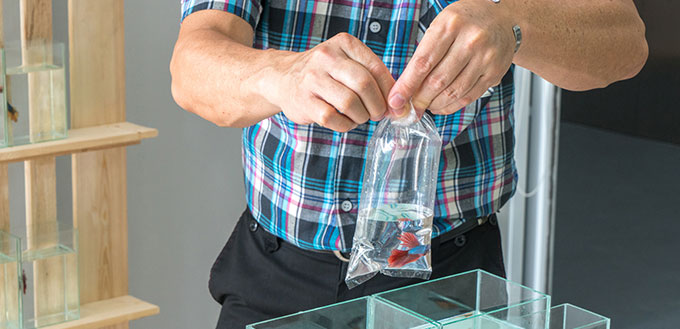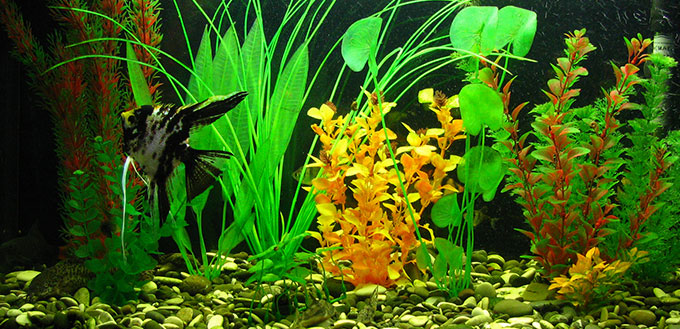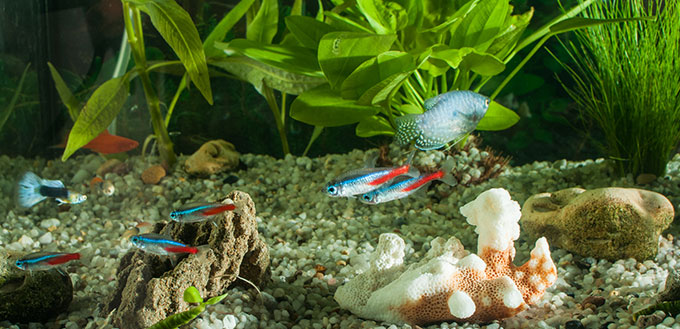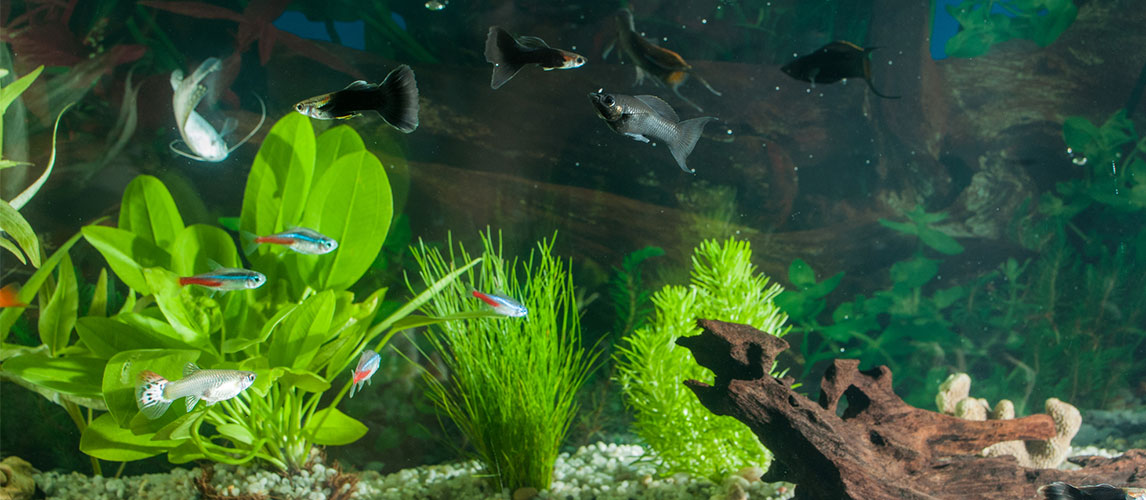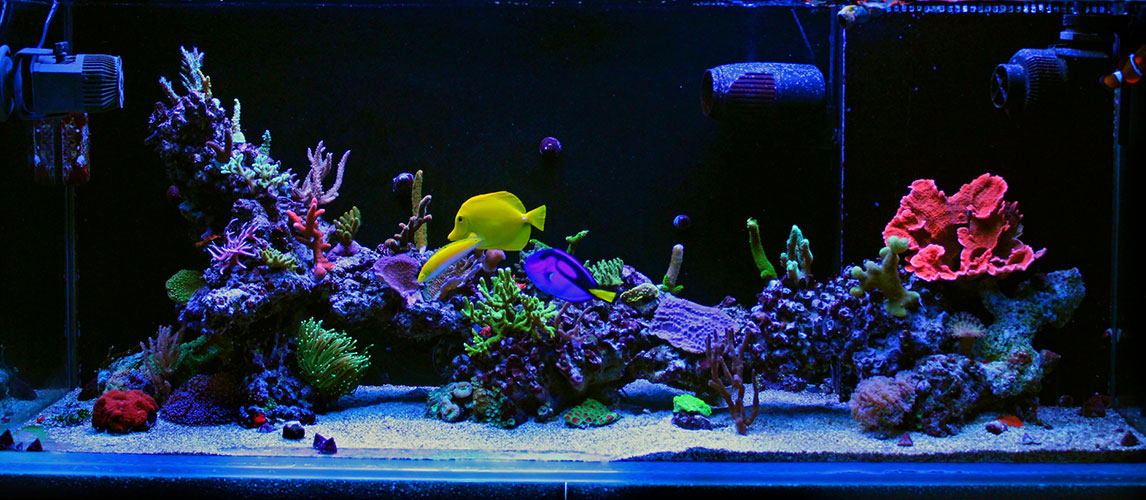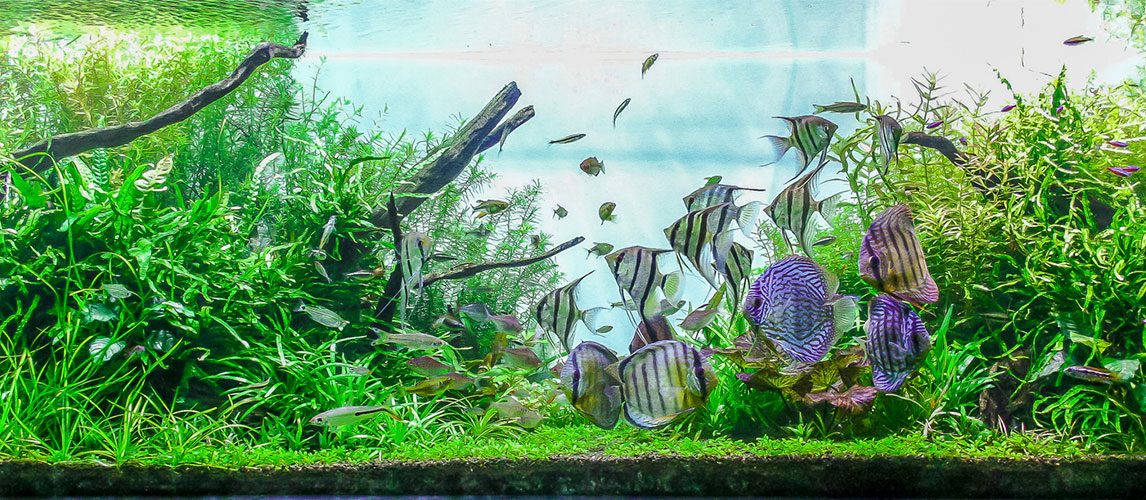Most new pets, when brought into their new home, will follow a strict set of rules before releasing them into your new family. Dogs are given scent rags and toys, cats are often restricted to one room and our rodent friends, such as hamsters and guinea pigs, will often come home with a friend from their old run. So, why do so many people still roughly tip their fish into a new aquarium? Acclimating your fish should be the first port of call, when bringing your new pet home. For those who are unsure how to acclimate fish, you’ve come to the right place. Check out our article below, to learn everything you need to know about introducing new fish to tank options and best method to make sure everyone in your aquarium is happy.
Before We Begin
It is important to have the right set up as soon as possible, for new fish – whether you’re adding these to an established tank or looking to fill up a new tank with your first set of fish. Providing the right care from day one will ensure your fish will thrive in their new aquarium and many seasoned aquarists will have their own story to tell here. It’s not uncommon for new owners to blame the shop they bought their fish from, when a fish dies within the first few days. Unfortunately, it is much more likely that the fish was not properly acclimatized.
Ideally, if adding new fish to established tank placements, you should have multiple tanks at home. This way, you can quarantine the new fish for two weeks, to ensure they are not bringing any nasties with them. Despite their best efforts, many stores can unknowingly hold diseases which are highly contagious, and can easily spread throughout your tank. Keeping the fish quarantined for two weeks will help to ensure that any illnesses which have, so far, passed under the radar, will have passed once the time has passed, and there will be no risk to your other pets.
If there’s only the one fish tank at home, don’t worry – you don’t need to go out and buy another tank purely to quarantine (although this can be helpful as you become a more established aquarist). Instead, carefully observe the tanks at the aquarium the fish will be purchased from, and look around for recommendations based on previous experiences, so you can opt for the healthiest fish, from the start. A good way to navigate this it to use a bucket and opt for a drip acclimation method, which allows water to slowly fill the bucket, from your tank, therefore slowly acclimating your fish.
Of course, the most important factor is to know your fish. Knowing how to acclimate betta fish, for example, will be very different from acclimatizing a goldfish – and you should note that these two types will never get along! Thus, you should also consider the current climate of your aquarium, in terms of who currently lives there and whether they will add to the experience of each other, rather than ending in disaster.
Consider the Ph requirements of each fish, the type of water and so on, as these can all make major differences in the harmony of your aquarium. While most seasoned aquarists will be aware of the ideal temperature at which to set their aquarium heater, or the right tank decorations to use, those new to the hobby can easily make mistakes. Be sure to do your homework, so that all of your fish can live in harmony.
Acclimating Fish
The most important thing to remember when acclimating fish is to not simply dump the bag, complete with contents and fish, into the aquarium and hope for the best. Aside from risking problems, listed above, you’re also likely to cause shock to your pets – both new and old. Once you have set up the tank itself to meet the needs of all your fish, it’s time to introduce the bag, which holds your new pet, into the tank.
You’ll need to start by utilizing the bag, which your fish will come with. Float the bag on the surface of the water in your aquarium and begin by rolling the edges of the bag over, so that it traps air within the circle of the opening. This will help to keep the bag afloat, and make the process much easier. If the bag seems a little unstable, it’s worth giving the edges a few more rolls until the bag – complete with fish – can rest on the surface of the tank. Doing this will allow for the heat to slowly and steadily disperse along the water of the bag, bringing the new water to the same temperature as the tank water, slowly enough that it does not cause a shock to your new fish.
Next, you’ll want to take a little tank water and add this to the water in the bag. Start with roughly half a cup of water and allow this to sit for about 15 – 30 minutes, to allow your fish to become acclimated to the first pour. After enough time has passed, you can do this again, allowing the fish to acclimate to the pH levels, the water temperature of the aquarium and so on, so that the fish has the best chance of survival once they’ve been released alongside the other fish in your tank.
If you’re looking to stock up your tank, from fresh, then be aware that adding new fish to your tank will naturally affect the bioload that your tank can handle. Aquarium water can alter the life of your fish considerably, so it’s always worth taking extra care to ensure that everything in the tank – from the current fish to decorations and heating set-ups – are ready for your new pet.
The time this takes and how long to acclimate fish can depend on a number of factors – but it’s important to remember that a little patience will make all the difference when it comes to making sure your fish has a long, happy, healthy life.


